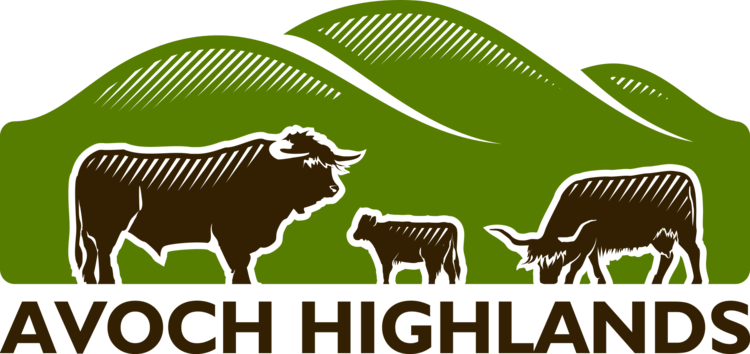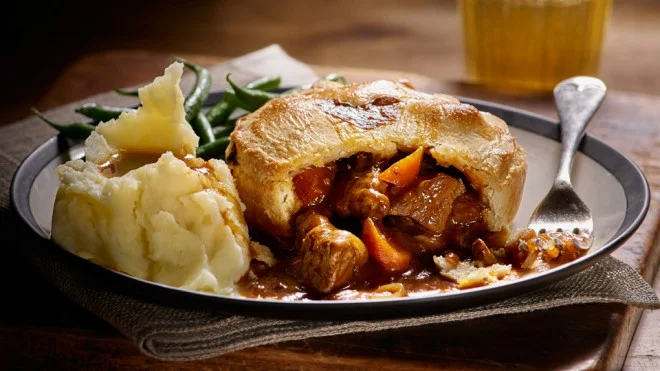It’s always nice to find or invent new ways to use the higher collagen cuts. One fantastic way is gourmet sausages. The ones we made this weekend were a new twist on an old recipe using our fantastic grass-fed Heritage Beef and a wonderful real ale chilli dark ale from our friends #lochbrewery in Loch. This is traditionally a baked sausage so needs a little more fat to keep it moist during its cooking. Boerewors is a traditional sausage from South Africa and is a tasty, mildly spiced sausage with aromatics.
950g premium medium fat Highland single grind beef
80g hard fat (pork back fat in this case)
1 cup, 200mL Loch Brewery and Distillery Chilli Dark Ale (https://www.lochbrewery.com.au/drink/chilli-dark-ale)
2m natural pork sausage casings, soaked and rinsed
2 tbsp/9g finely chopped parsley
2 tbsp/7g fine sea salt
2 tbsp/8g coarsely ground black pepper
1 tsp/2g finely chopped purple thyme leaves
1 tsp/2g finely chopped oregano
1/2 tsp fresh ground nutmeg
1 tsp ground coriander
1 tsp brown sugar
Rolled oats to desired texture, start with 1/2 cup and add slowly as it absorbs fluid and firms mixture.
———- ——
Combine beer, herbs, spices, salt and pepper in a large mixing bowl.
Add the rolled oats and also to stand for 30min in the refrigerator
Add the ground beef
Mix well with hands avoiding working the meat too much
Allow to stand covered for 30min in the refrigerator
Set up your filling machine
Remove meat mix from the refrigerator - it should be moist but dry enough to be formed into a stable ball in the bowl
Add the cold, ground back fat and gently mix with the meat and flavours, avoiding getting it too warm or smearing the fat
Fill the casings in one continuous long fill
Massage meat evenly along the casing and roll into the traditional spiral
Refrigerate in layers separated by baking paper for 24 hours
Eat within 4 days or freeze
——————
To Barbecue - cook on low heat for approx 20 minutes, 10 minutes per side. Turn with tongs and do not pierce with fork during cooking as this releases much of the moisture in the sausage.
To Pan Fry – Place 1 tablespoon of olive oil in skillet and put on low heat, place sausage in skillet and cook for approx 10 minutes each side, add more olive oil as needed.
To Roast in Oven – Turn on oven and heat to 160C/325F. Place sausage in heatproof dish that allows the sausage room to expand during cooking so all the coils cook evenly and drizzle 1 tbsp olive oil over sausage. Do not cover. Put in oven. Turn sausage over after 10 minutes. Continue cooking for another 10 minutes. Check for doneness until internal temp is 70C/160F. Cook for additional 10 minutes if necessary.
Serving - serve with home made coleslaw, roasted butternut pumpkin/squash and a chunky tomato relish
Cooking Tips: Cooking too long causes the sausage to be dry. Turn with tongs and do not pierce with fork during cooking as this releases much of the moisture in the sausage Do not boil.














































































